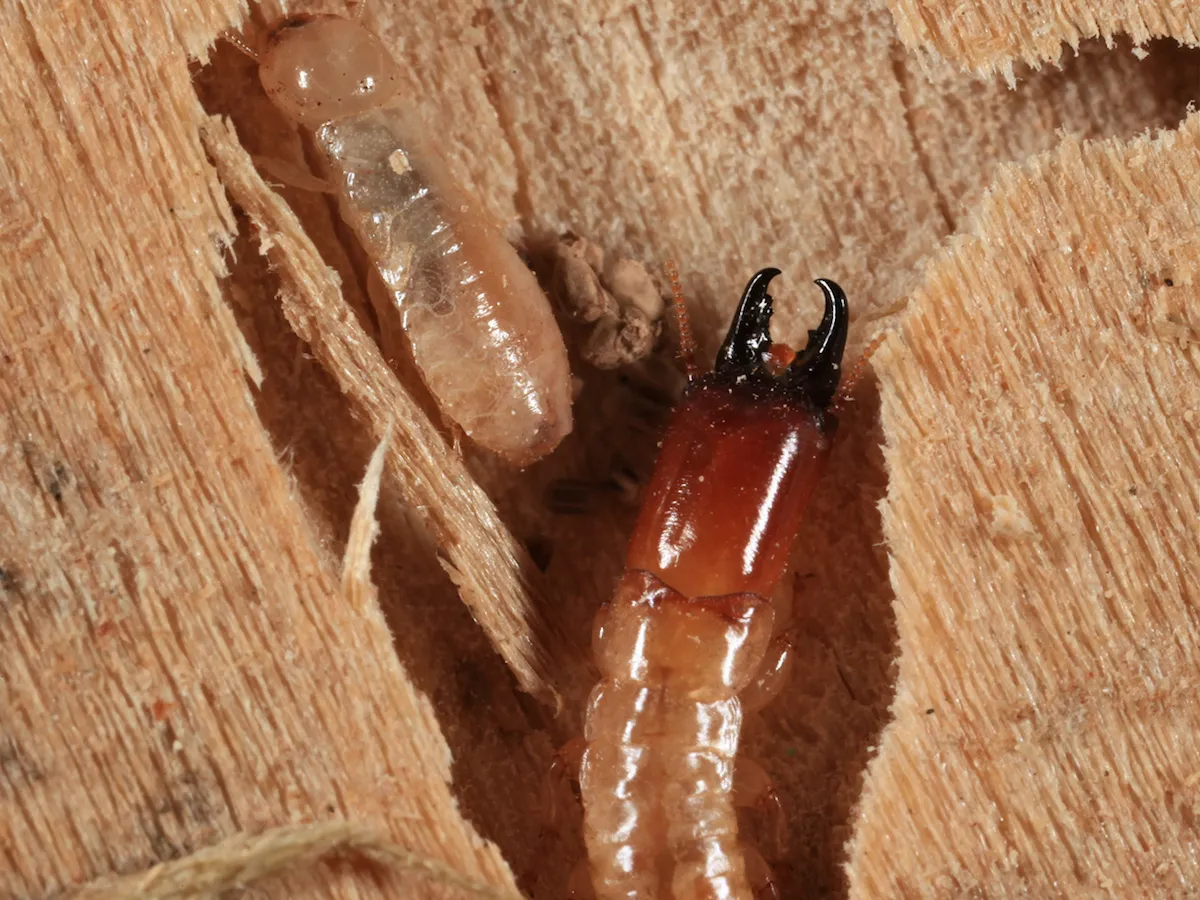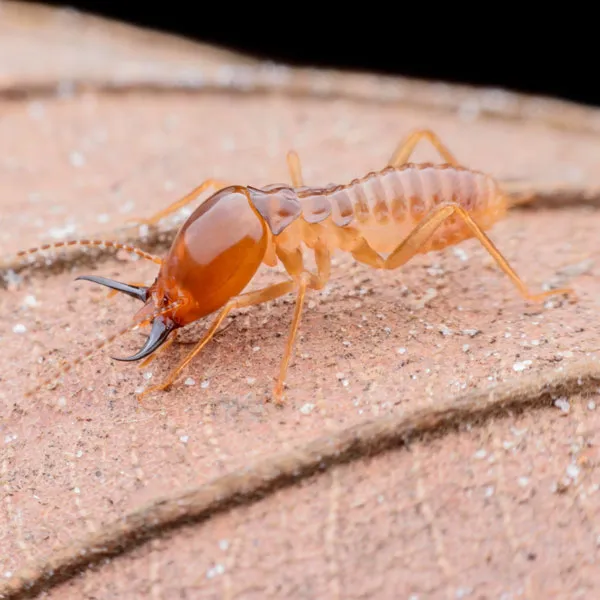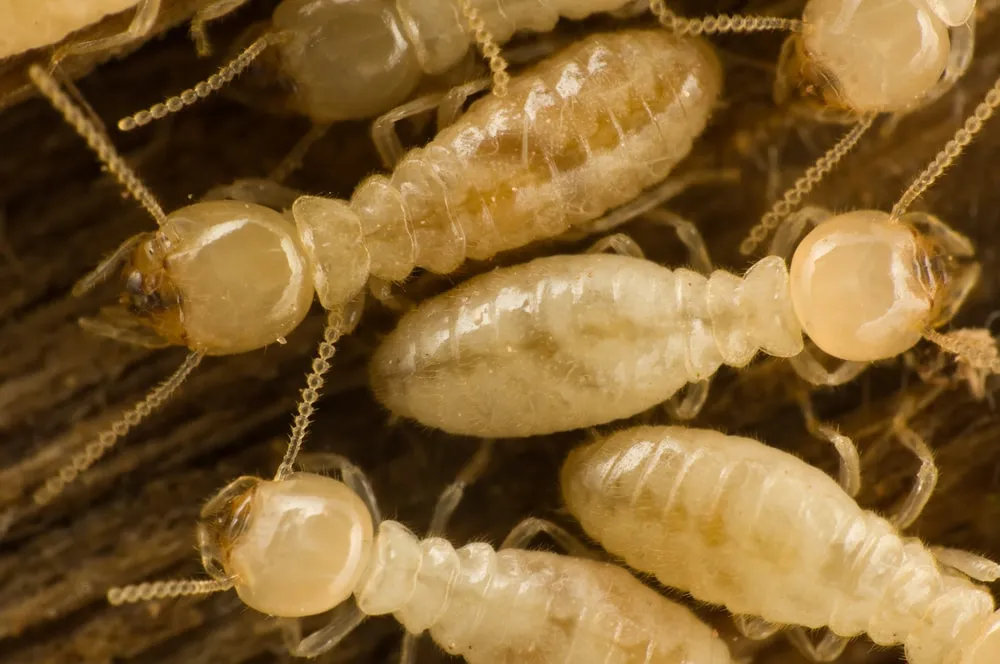

The food of termites is mainly cellulose, which is obtained from wood, grass, leaves, humus, manure of herbivorous animals, and materials of vegetative origin (e.g., paper, cardboard, cotton). Lower termites and many higher ones feed on wood that is either sound or partly decayed.
Drywood Drywood termites can live within furniture and in the wood behind walls, creating elaborate systems of tunnels. Drywood termite infestations are oftentimes not recognized until they are widespread.

Dampwood dampwood termites do not construct mud tubes, rather they cover up their entry holes with their own feces. Since wood infested by dampwood termites has very high moisture content, the wood they infest can also be damaged by fungus. As one might expect, a dampwood termite infestation often indicates wood decay, as well as leaks that create excessive moisture in the home.

Subterranean They are about ¹/8 inch long, milky white in color and have no wings or eyes. The body of the termite worker is soft, but the mouthparts are very hard and adapted for chewing wood. Subterranean termite soldiers function as defenders of the colony and provide protection against all intruders. As their name indicates, subterranean termites live several feet below ground in bustling colonies.

There are two type of termite treatment process in Pest Control Industry.